Have you ever heard of plants that are best suited for aquariums? Yes, there are plants like that. These plants can be a great addition to your aquarium because they don’t grow too fast and they don’t need a lot of attention.
There are a lot of different ways to grow plants in an aquarium. One way is to use slow-growing plants.
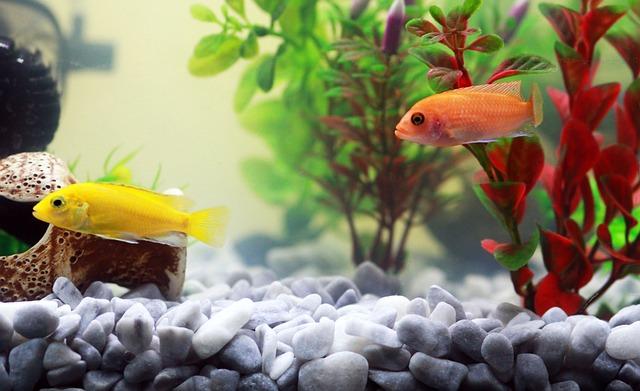
Slow-growing plants for aquariums have numerous benefits that are listed in this post. If you’re looking for low-maintenance, slow-growing plants for your aquarium, look no further! In this blog post, we’ll share our top picks for the best slow-growing plants for aquariums.
The Benefits Of Slow-growing Plants For Aquariums
Slow-growing plants are great for aquariums because they help to keep the water quality clean and they also provide shelter and hiding places for fish.
- Slow-growing plants also help to stabilize the water temperature and keep it from fluctuating too much. This is important because fish and other aquatic creatures can get sick or die if the water temperature changes too much.
- Slow-growing plants can help to fill in empty spaces and create a more natural-looking aquarium. If you have a lot of fast-growing plants in your aquarium, they can quickly take over and crowd out the slower-growing plants. This can make your aquarium look unbalanced and messy.
- Slow-growing plants tend to be hardier and more resilient than fast-growing plants. This means that they are less likely to die off if the conditions in your aquarium are not perfect. They are also less likely to be uprooted by fish that are swimming around.
Factors to Consider when looking for the best Slow-growing plants.
There are a few different factors to consider when looking for the most rewarding slow-growing plants for aquariums.
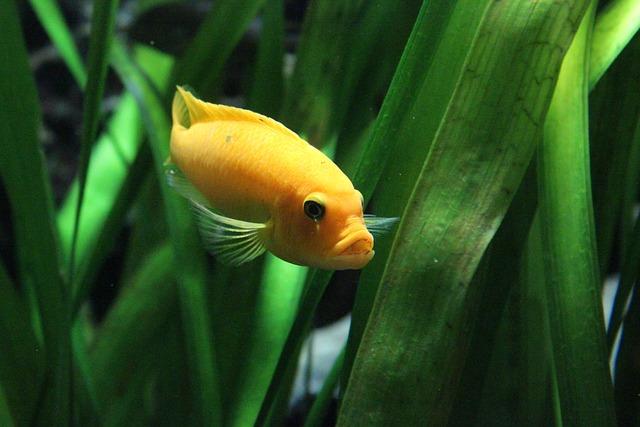
These include the plant’s size, color, and how easy it is to care for.
-
Size
Size is important because some plants can get very large, while others stay relatively small. If you’re looking for a plant that will stay small, then consider something like the Java fern. This plant only grows to about a foot in height, making it a good choice for smaller aquariums.
-
Color
Color is another factor to think about when choosing a plant. Some plants are very colorful, while others are more subdued. If you’re looking for a plant that will add some color to your aquarium, then consider something like the red Ludwigia. This plant has bright red leaves that will add a pop of color to your tank.
-
Care
Finally, you’ll want to consider how easy the plant is to care for. Some plants require a lot of care, while others are very easy to maintain. If you’re looking for a low-maintenance plant, then consider something like the Anubias. This plant is very easy to care for and doesn’t require a lot of attention.
Different Types Of Slow-growing Plants For Aquariums
Each of these plants has different requirements in terms of care and growth, so be sure to research each one before adding it to your aquarium.
Different types of slow-growing plants for aquariums include:
1. Java Fern
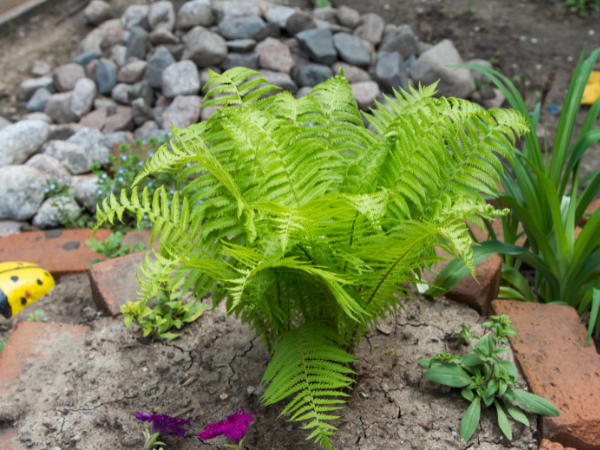
Java Fern is a beautiful, slow-growing plant that does well in low-light aquariums. It’s a popular choice for aquariums because it is relatively easy to care for and can tolerate many conditions.
It can also be attached to rocks or driftwood, and doesn’t need to be planted in substrate. Java fern is also fairly tolerant of different water conditions, making it a good choice for beginners.
2. Anubias
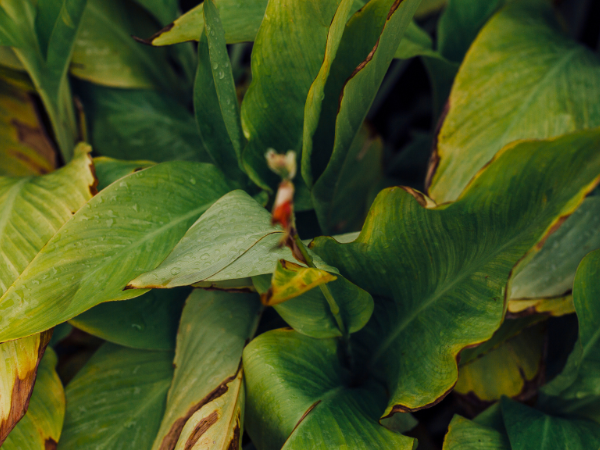
Anubias is another popular plant for aquariums. It is known for its ability to tolerate low light conditions, making it ideal for aquariums that do not receive a lot of natural light. Anubias also grows slowly, so it will not take over your aquarium.
3. Cryptocoryne
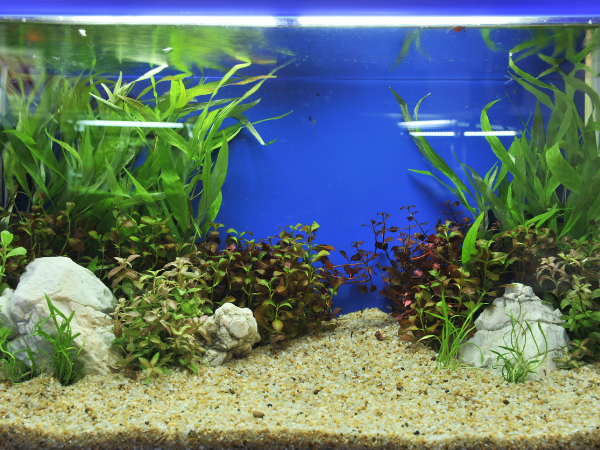
Cryptocoryne is a plant that’s often used in aquascaping. It grows slowly and can tolerate a wide range of conditions, making it a good choice for aquariums. It can be planted on the substrate and does best when given plenty of space to spread out. Cryptocoryne can be difficult to care for, so it is important to do your research before adding it to your aquarium.
4. Echinodorus
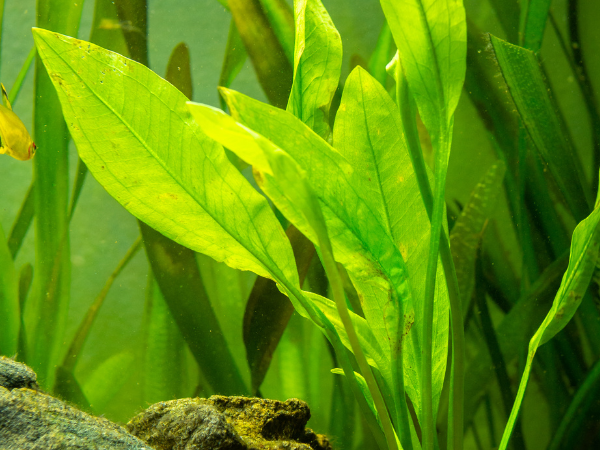
Echinodorus is a plant that is often used in aquascaping. It grows slowly and can tolerate a wide range of conditions, making it a good choice for aquariums. Echinodorus can be difficult to care for, so it is important to do your research before adding it to your aquarium.
5. Sagittaria
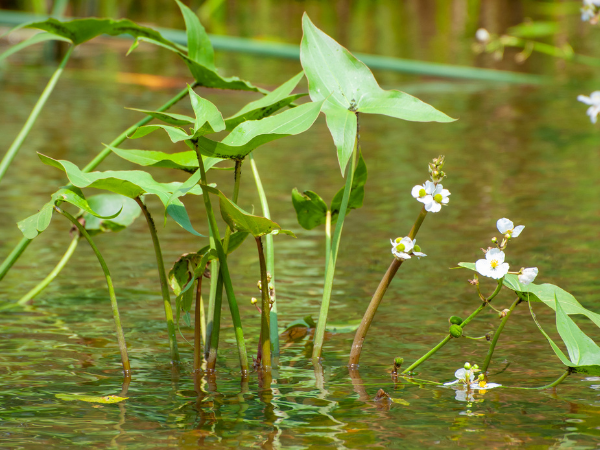
Sagittaria is a plant that is often used in aquascaping. It grows slowly and can tolerate a wide range of conditions, making it a good choice for aquariums.
6. Bolbitis
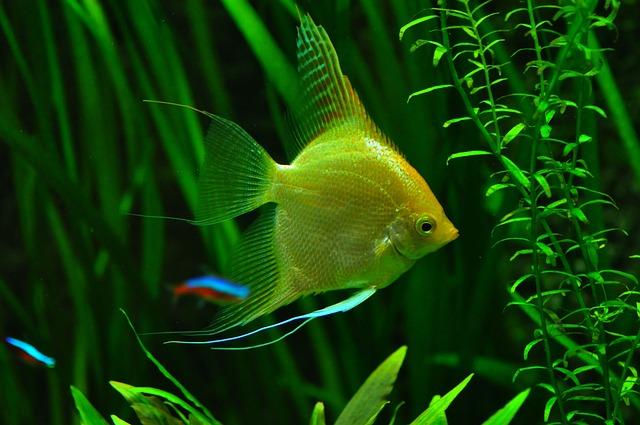
Bolbitis is a beautiful, slow-growing plant that does well in low to moderate-light aquariums. It can be attached to rocks or driftwood, or it can be planted on substrate. Bolbitis is tolerant of a wide range of water conditions, making it another good choice for beginners.
7. Bucephalandra
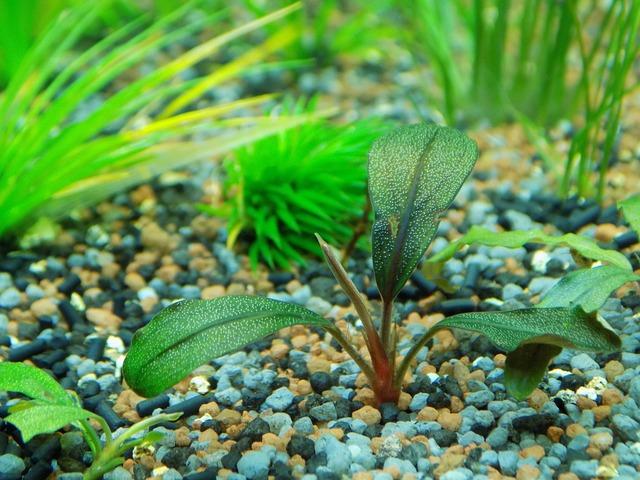
Bucephalandra is a beautiful, slow-growing plant that is perfect for aquariums. It can be attached to rocks or driftwood and does best in low to moderate lighting. Bucephalandra is tolerant of a wide range of water conditions and is a great plant for freshwater and saltwater aquariums.
8. Staurogyne
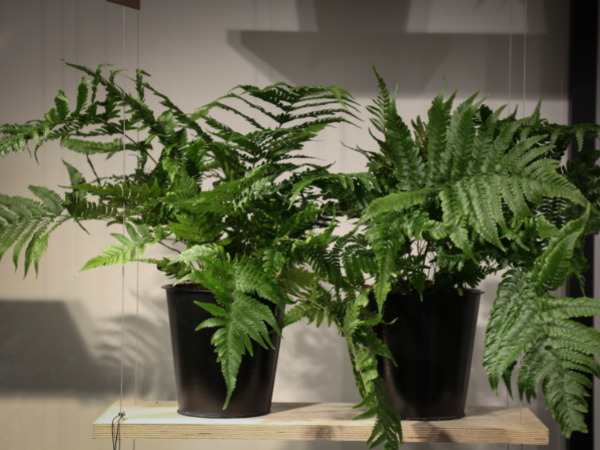
Staurogyne is a beautiful, slow-growing plant that is perfect for aquariums. It can be planted in the substrate or left floating and does best in low to moderate lighting. Staurogyne is tolerant of a wide range of water conditions and is a great plant for freshwater and saltwater aquariums.
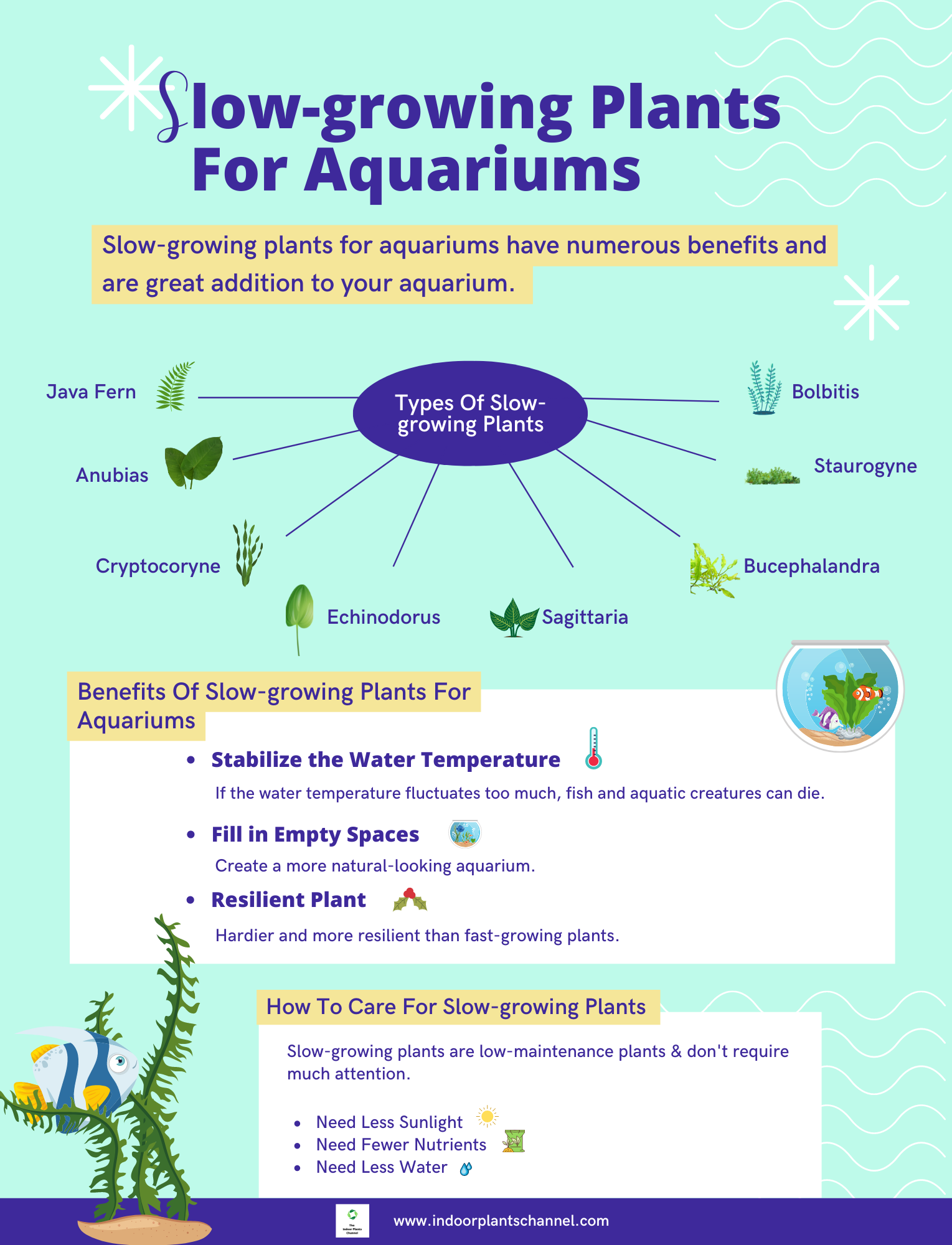
How To Care For Slow-growing Plants For Aquariums
Caring for slow-growing plants is not difficult, but there are a few things to keep in mind.
- Slow-growing plants need less light than fast-growing plants. This means that they can be placed in areas of the aquarium where there is less light.
- Second, slow-growing plants need fewer nutrients than fast-growing plants. This means that they can be placed in areas of the aquarium where there are fewer nutrients.
- Finally, slow-growing plants need less water than fast-growing plants. This means that they can be placed in areas of the aquarium where there is less water.
Bonus Tips
- Place the slow-growing plant in the aquarium near the filter so that the plant can help purify the water.
- Use the plant to add some height and interest to the aquarium.
- Train the plant to grow along a certain path or design.
- Prune the plant regularly to keep it from getting too large for the aquarium.
- Enjoy the natural beauty of the plant as it grows and changes over time.
Frequently Asked Questions
- What are some good slow-growing plants for aquariums?
There are a number of good slow-growing plants for aquariums. Some of the more popular ones include Anubias, Java Fern, and Cryptocoryne. These plants are all relatively easy to care for and will add a nice touch of greenery to your aquarium.
- Why should I choose slow-growing plants?
There are a few reasons why you might want to choose slow-growing plants for your aquarium. Firstly, they require less maintenance than fast-growing plants. They are also often more robust and can better withstand changes in water conditions.
- How do I care for slow-growing plants?
Caring for slow-growing plants is relatively easy. Most of these plants do not require special fertilizers or CO2 injection. Simply provide them with adequate lighting and good-quality aquarium soil or gravel and they should thrive.
- What are some common problems with slow-growing plants?
One of the most common problems with slow-growing plants is that they can be overrun by faster-growing plants. This can happen if the slower-growing plants are not given enough space to spread out or if they are placed in an unsuitable location. Another problem that can occur is that slow-growing plants can be shaded out by taller plants. This can be remedied by trimming the taller plants back or by moving the slower-growing plants to a more open area.
- Are there any other benefits to slow-growing plants?
In addition to the benefits already mentioned, slow-growing plants can also help to oxygenate the water in your aquarium. They do this by releasing oxygen into the water through their leaves. This is beneficial for both fish and plant life in your aquarium.
Conclusion
If you’re looking for a plant that will add some color and life to your aquarium without growing too quickly, then consider one of these slow-growing options. With a little patience, you’ll have a beautiful display that will be the envy of all your fish-keeping friends.
Michelle Wilde
Related posts
![]()
About Michelle Wilde
Michelle Wilde is a stay-at-home mom and avid plant lover. Armed with a post-graduate degree in Computer Science (no kidding!), she loves researching plants and landscapes. When she is not caring for her 4 kids, she spends time on her passion for plants. She blogs at www.indoorplantschannel.com, the trusted source for indoor plants.
Learn more
Subscribe
* You will receive the latest posts and updates about indoor plants!
Search
Recent Posts
Categories
- Beginner Guides (10)
- FAQ (206)
- General (2)
- How-To Guides (212)
- Indoor Plants (214)
- Pest Management (2)
- Plant Problem Solutions (4)
- Seasonal Growing (2)
- Specialized Environments (2)
- Specific Plant Care (3)
- Technical Growing (2)